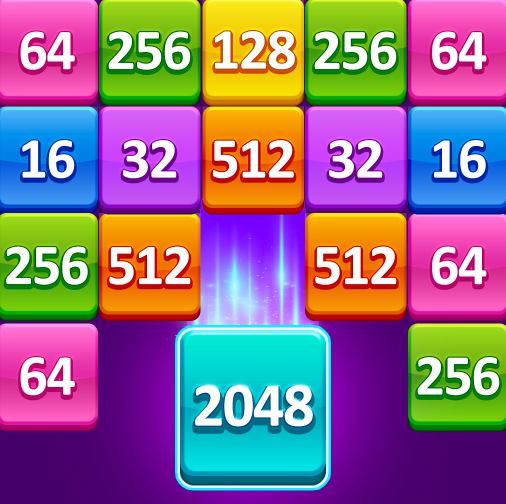Understanding the Influence of Cognitive Biases on Information Processing in Color Prediction Gaming

Color prediction gaming, characterized by its blend of chance, strategy, and excitement, offers players an immersive experience as they attempt to predict color outcomes and make strategic betting decisions. However, the cognitive processes involved in information processing during gameplay are susceptible to various biases that can impact decision-making. In this article, we delve into the influence of cognitive biases on information processing in color prediction gaming, exploring how these biases shape perceptions, decisions, and outcomes in gaming environments.
Contents
Anchoring Bias:
Anchoring bias occurs when individuals rely too heavily on initial information or “anchors” when making subsequent judgments or decisions. In color prediction gaming, players may anchor their betting decisions to initial color outcomes or betting amounts, leading to biased perceptions of subsequent outcomes. For example, a player who initially bets a large amount on a specific color may be reluctant to adjust their betting strategy even when faced with contradictory evidence, leading to suboptimal decisions and potential losses.
Gambler’s Fallacy:
The Gambler’s Fallacy is a cognitive bias that leads individuals to believe that past outcomes influence future events, despite each event being independent and random. In color prediction gaming, players may fall prey to the Gambler’s Fallacy by erroneously assuming that a particular color is “due” to occur after a series of consecutive outcomes of a different color. This bias can lead to irrational betting behavior, such as increasing bets on a color perceived as overdue or chasing losses based on faulty beliefs about probability.
Confirmation Bias:
Confirmation bias refers to the tendency to seek out, interpret, and remember information that confirms preexisting beliefs or hypotheses while ignoring contradictory evidence. In color prediction gaming, players may selectively attend to information that supports their chosen color predictions or betting strategies, while disregarding information that suggests alternative outcomes. This bias can reinforce overconfidence in predictions and inhibit players’ ability to objectively evaluate the likelihood of different color outcomes.
Recency Bias:
Recency bias occurs when individuals place undue weight on recent events or experiences when making decisions, while discounting older or less salient information. In color prediction gaming, players may be influenced by the most recent color outcomes, particularly if they have experienced a series of consecutive wins or losses. This bias can lead to impulsive betting behavior based on short-term trends rather than a careful analysis of probabilities or strategic considerations.
Loss Aversion:
Loss aversion refers to the tendency for individuals to prefer avoiding losses over acquiring equivalent gains, leading to risk-averse behavior in decision-making. In color prediction gaming, players may exhibit loss aversion by being more reluctant to bet on colors associated with potential losses, even if the expected value of the bet is positive. This bias can result in conservative betting strategies, missed opportunities for gains, and diminished overall performance in the game on 91 club apk download.
Overconfidence Bias:
Overconfidence bias occurs when individuals overestimate their own abilities, knowledge, or predictions, leading to unrealistic confidence in decision-making. In color prediction gaming, players may exhibit overconfidence bias by placing undue trust in their own color predictions or betting strategies, even in the absence of reliable evidence or expertise. This bias can lead to excessive risk-taking, inflated expectations of success, and potential losses in the game.
Conclusion:
The influence of cognitive biases on information processing in color prediction gaming underscores the importance of understanding the psychological mechanisms that shape decision-making in gaming environments. By recognizing the presence of cognitive biases and their impact on perceptions, decisions, and outcomes, players can adopt strategies to mitigate their effects and make more rational and informed betting decisions. Moreover, game developers can implement design features and interventions that promote awareness of cognitive biases and foster responsible gaming practices, enhancing the overall gaming experience for players. As the gaming landscape continues to evolve, addressing cognitive biases in color prediction gaming offers opportunities for innovation, education, and empowerment in gaming environments.





